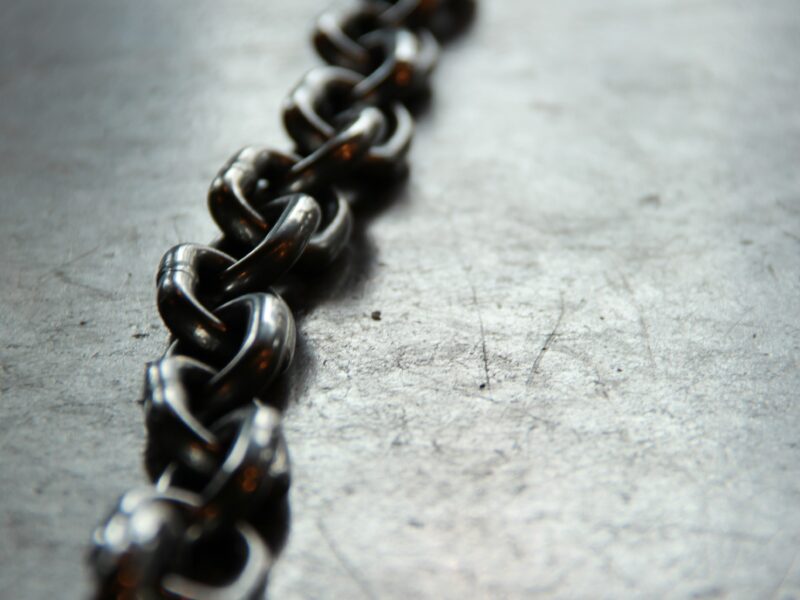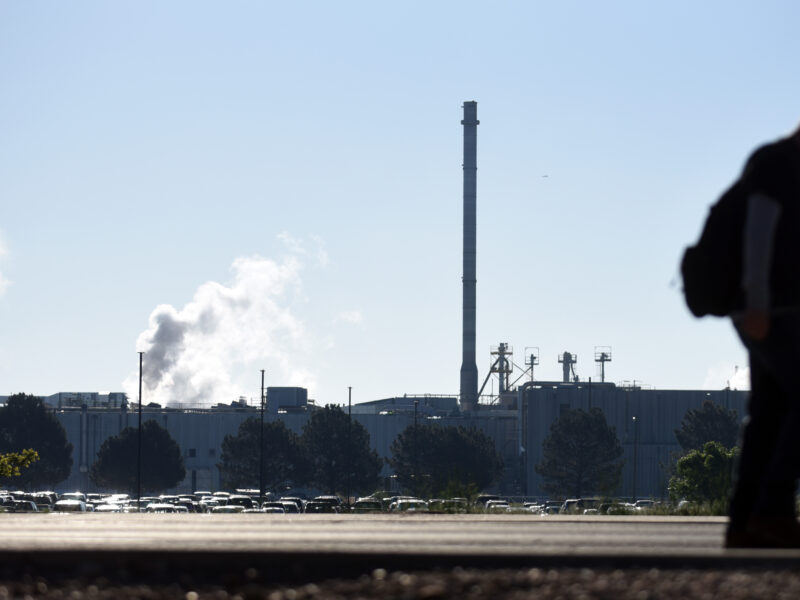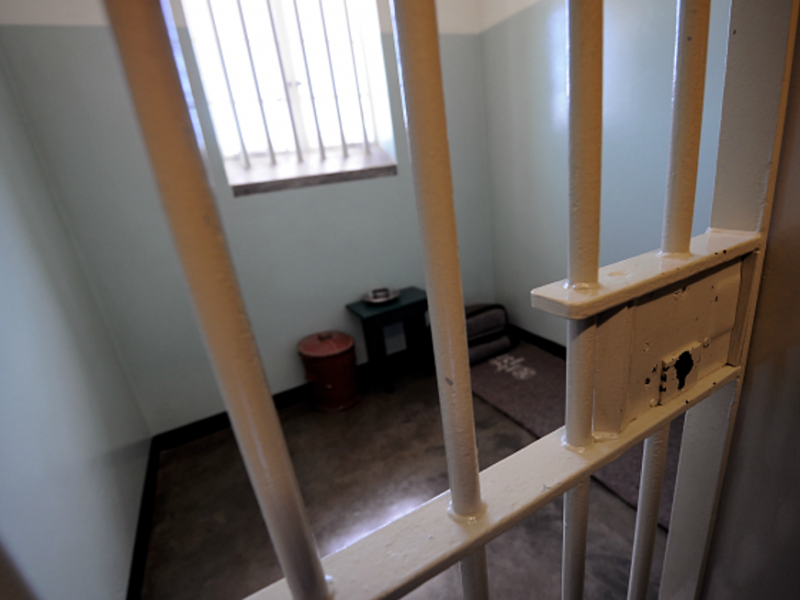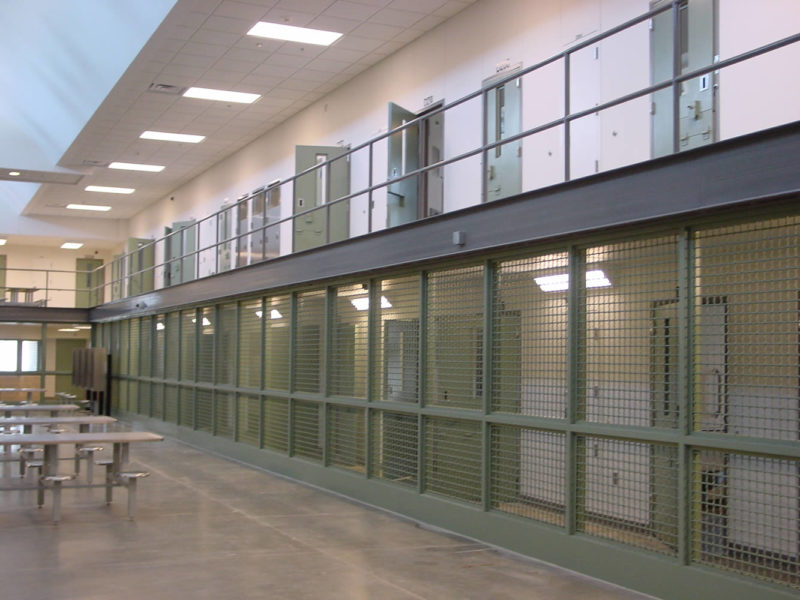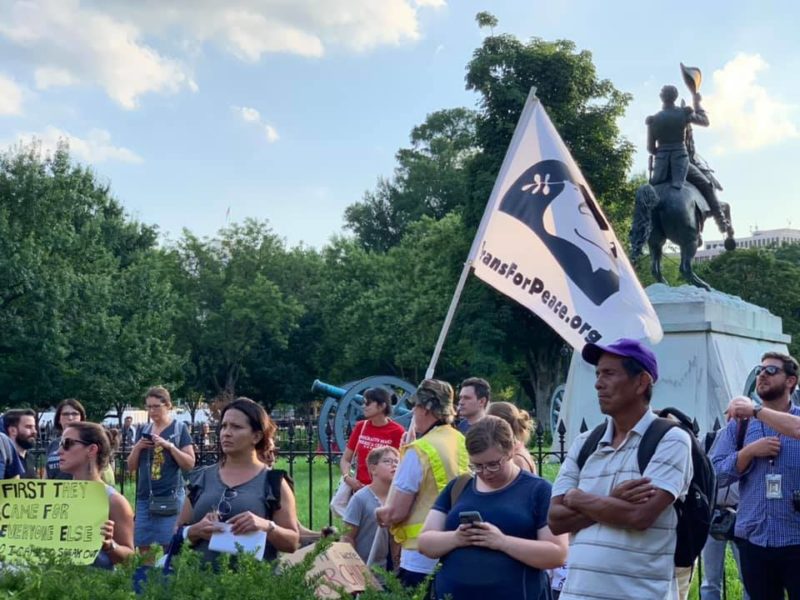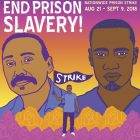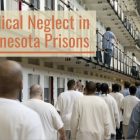#EndTheException is campaigning for the passage of federal legislation to end prison slavery.
Immigration
On the Front Lines of Trump’s Immigration War in the U.S. Heartland
|
Worthington, Minnesota, home to a major meatpacking plant with a majority immigrant workforce, is a microcosm of an expanding border regime where a power struggle unfolds between longtime residents and newcomers.
Prison Labor
Labor Law Doesn’t Apply If You’re in Prison
|
Alexander was never able to make his case in court–and challenge Ortiz’s claims. The judge would not let the case proceed to a trial, determining Alexander was a prisoner and therefore not entitled to work in a non-discriminatory workplace.
Incarceration
National Prison Strike Draws Attention to ‘Slave Like’ Working Conditions.
|
On Tuesday, August 21st, the largest incarcerated population in the world began nineteen days of protests. Primarily organized by prisoners themselves, the August 21st to the September 9th prison strike has the potential to be the largest in US history.
Investigative
Sherburne County Sheriff’s Department Generates Millions through the Incarceration of Immigrant Detainees
|
Sherburne has spurred the privatization of health care services for county jails, displacing county workers and leading to dangerous conditions for the incarcerated. The revenue is somewhat restricted leading to complaints from Sheriffs in contract negotiations.
Investigative
Prison Labor in Minnesota, Part 2
|
Ezekiel “Zeke” Caligiuri remembers learning that inmate labor built St. Cloud Correctional Facility. Upon that discovery, he began seeing the walls of his cell in a different hue. Zeke observed that he “lived in a space that had been lived in for 100 years.” He grappled with the sobering reality that countless men before him had labored to sustain their own confinement and would continue to do so long after he was gone. As Zeke describes in his memoir, “I thought about a world that had no problem forgetting any of us ever existed.” Being forgotten behind concrete and steel bars also means that there is little observance and awareness of the treatment of prison laborers like Zeke.
Investigative
Prison Labor in Minnesota, Part 1
|
The Department of Corrections (DOC) has a monopoly over an inmate’s shelter, work opportunities, and medical care. Since inmates live in their workplace, their living conditions are also their working conditions.
Incarceration
The Supreme Court Just made Life Harder for Detained Immigrant Workers
|
Dr. Jimmy Patiño’s new book Raza Sí, Migra No challenges the nativist myth that “immigrants take jobs.” A portion of our extended conversation explores his groundbreaking work charting the history of the deportation regime. His work helps to clarify how the Supreme Court’s Tuesday ruling places more immigrant detainees into the exploitative labor schemes of for-profit detention centers.


